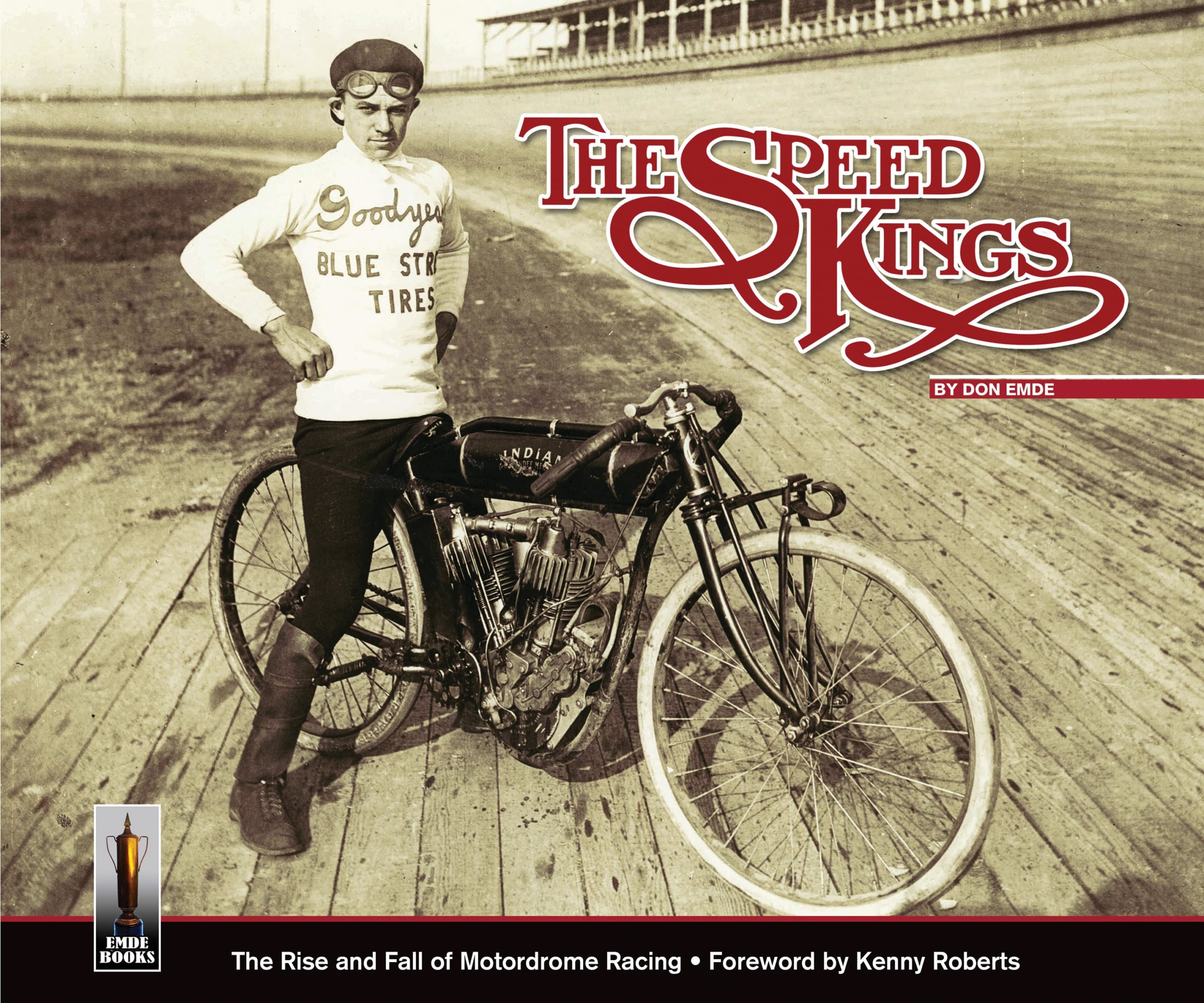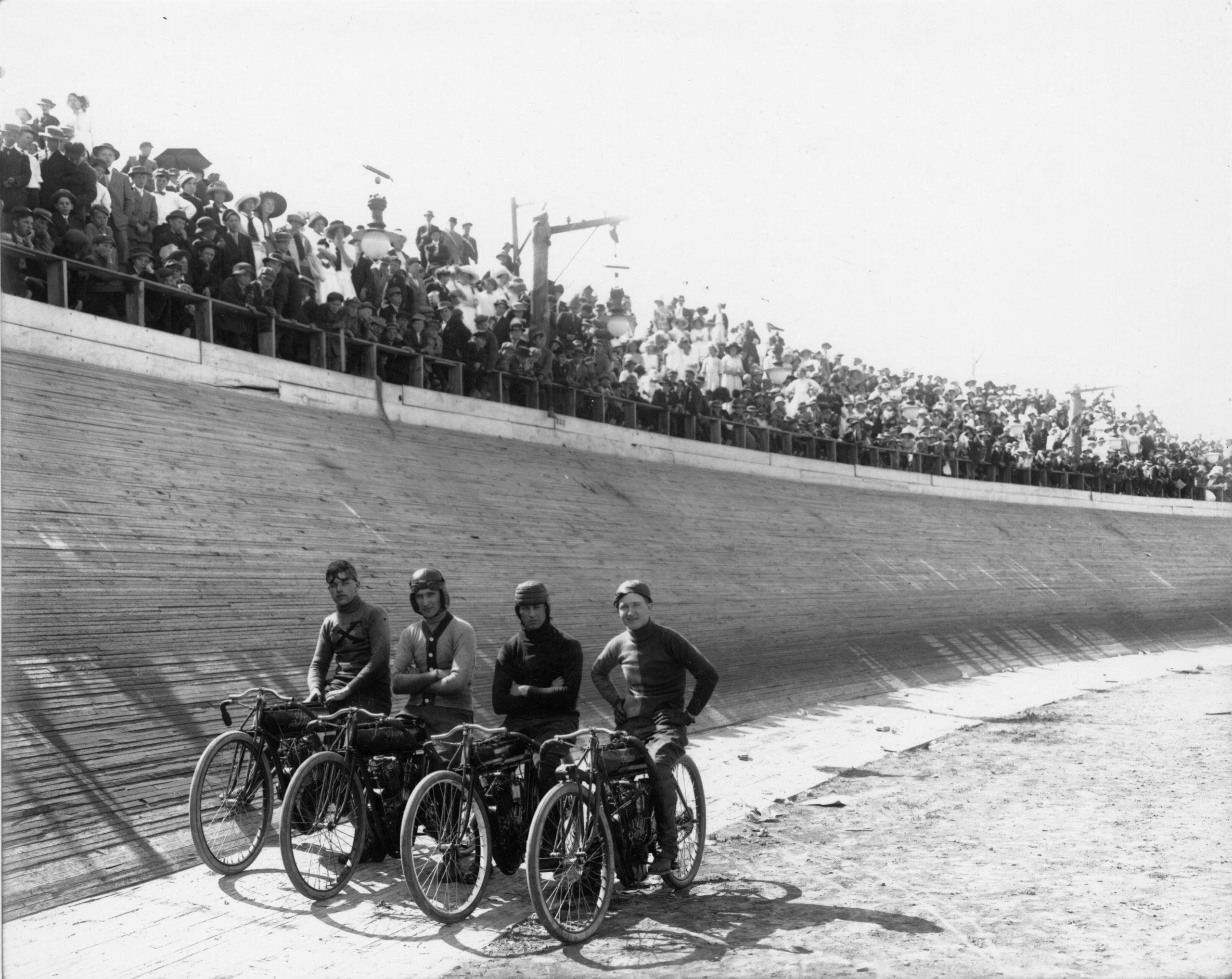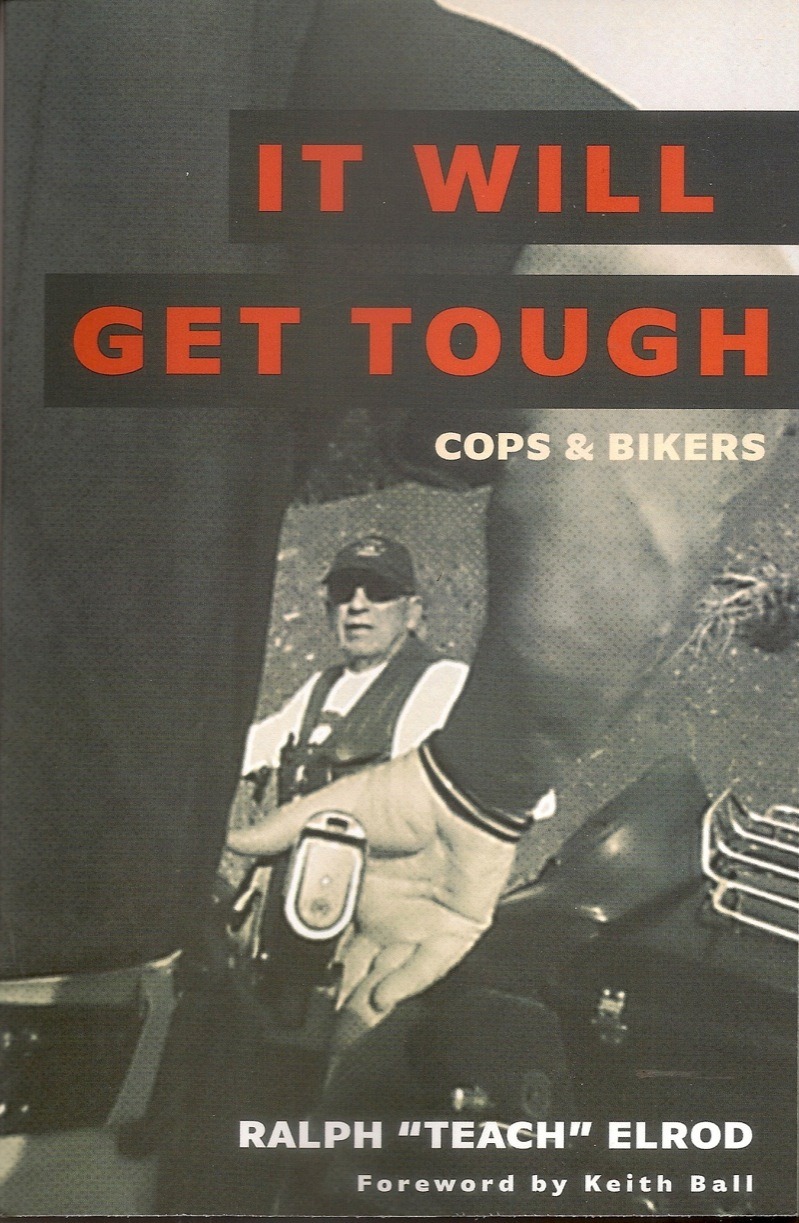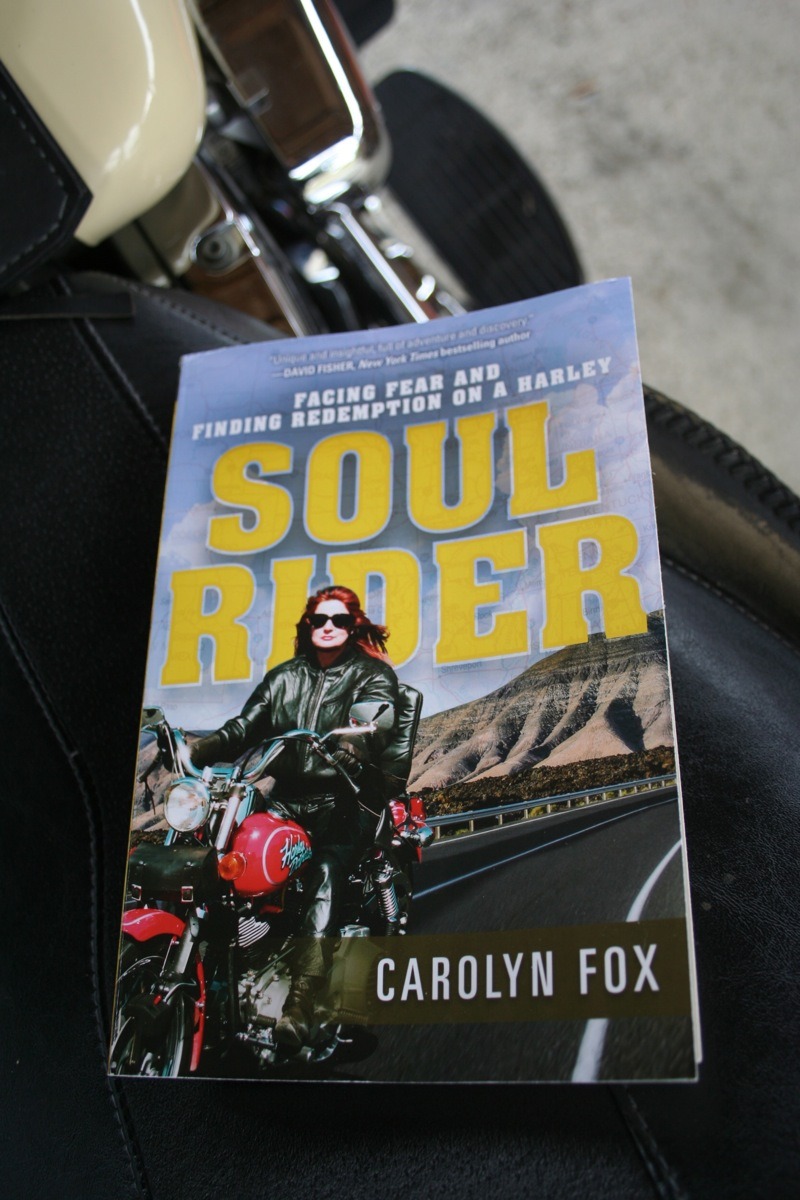Dreaming of Jupiter
by Ted Simon
Jupitalia Productions, $24.95, 429 pages
www.jupitalia.com
Ted Simon is “Jupiter.” His first book, Jupiter’s Travels, came out in 1978 and inspired many riders to throw caution to the wind and set out on round-the-world motorcycle tours. He certainly was not the first to do so, but his book definitely inspired my generation of long-distance motorcycle touring enthusiasts. But that was then, and decades have passed since the 42-year-old rider mounted up for a four-year, 78,000-mile, exploratory ride of our planet.
Fast forward to January of 2001. The rider is now 69 years old and plans to follow the same path taken so many years ago. The world has changed—especially in the wake of 9/11—but in which direction and to what extent? This is a journey filled with questions, not only of how the world has changed, but also of the rider’s own sense of who he really is and even his purpose for doing this.
Four hundred and twenty-nine pages are not sufficient to relate the experience of a three-year, 59,000-mile journey across five continents. Nor are they extensive enough to compare this journey with that of an earlier one. It would take a truly great writer to invoke the spirit of “Jupiter” in the Ted Simon who made the second journey, and in this he understandably falls short. The book has its literary shortcomings, but there can be no criticism of a man who made such a journey, not once, but twice. This book is subjective, yet very much real world—it’s not an adventure novel. It’s one man’s account of one man’s experience weighed in reflection of one man’s life.
Having said all this, I must confess that my frustration with this book is that it doesn’t provide more. The planet is changing and I’m growing older and Simon wrestles with both during this epic journey. This story is also about relationships and, like ripples from a stone thrown into slow-moving water, actions can influence people one has never met. On these pages are examples of the generosity of both strangers and friends; there are also those of pettiness and corruption. The book provides social and political perspectives that U.S. policy makers would prefer we not be aware of, but the author has no political agenda or religious dogma to espouse.
“I thought I might have stumbled on the most beautiful road in the world… a brand-new highway, in perfect condition, was not to be sniffed at when it meant that I could take my eyes off the road in confidence and dwell on the beauty around me.” This was the route that Simon took into the highlands of Peru. More prevalent were roads of deep sand, slippery mud, and corrugated, pot-holed and rock-filled gravel. In many places it was difficult for him to determine whether a track was the correct highway or a goat path.
Ted’s journey included a number of spills and a couple of injuries; impromptu repairs to his bike in the most unlikely of places; falling in love and trying to build a relationship while on the road; finding old friends and making new ones; and everything short of being thrown in jail or kidnapped. Sometimes he lingers on a subject that’s not very interesting; sometimes he briefly mentions an experience that I would prefer he expounded upon. Still, there’s a palatable honesty to his story that strips away the romance and transforms it into a practical anyone-could-do-this account.
The fact that the author is able to make comparisons between the mid-1970s and a quarter of a century later makes the book different from the accounts of other round-the-world travelers. This makes it more than just another motorcycle adventure, and those who wonder about the state of our planet—whether they ride or not—will find this to be a worthy read.

















